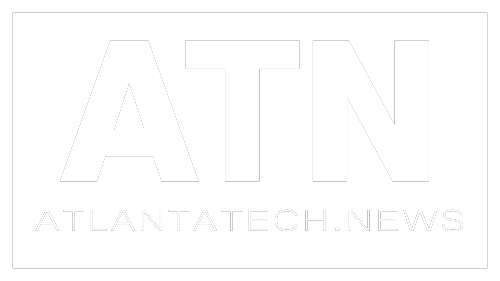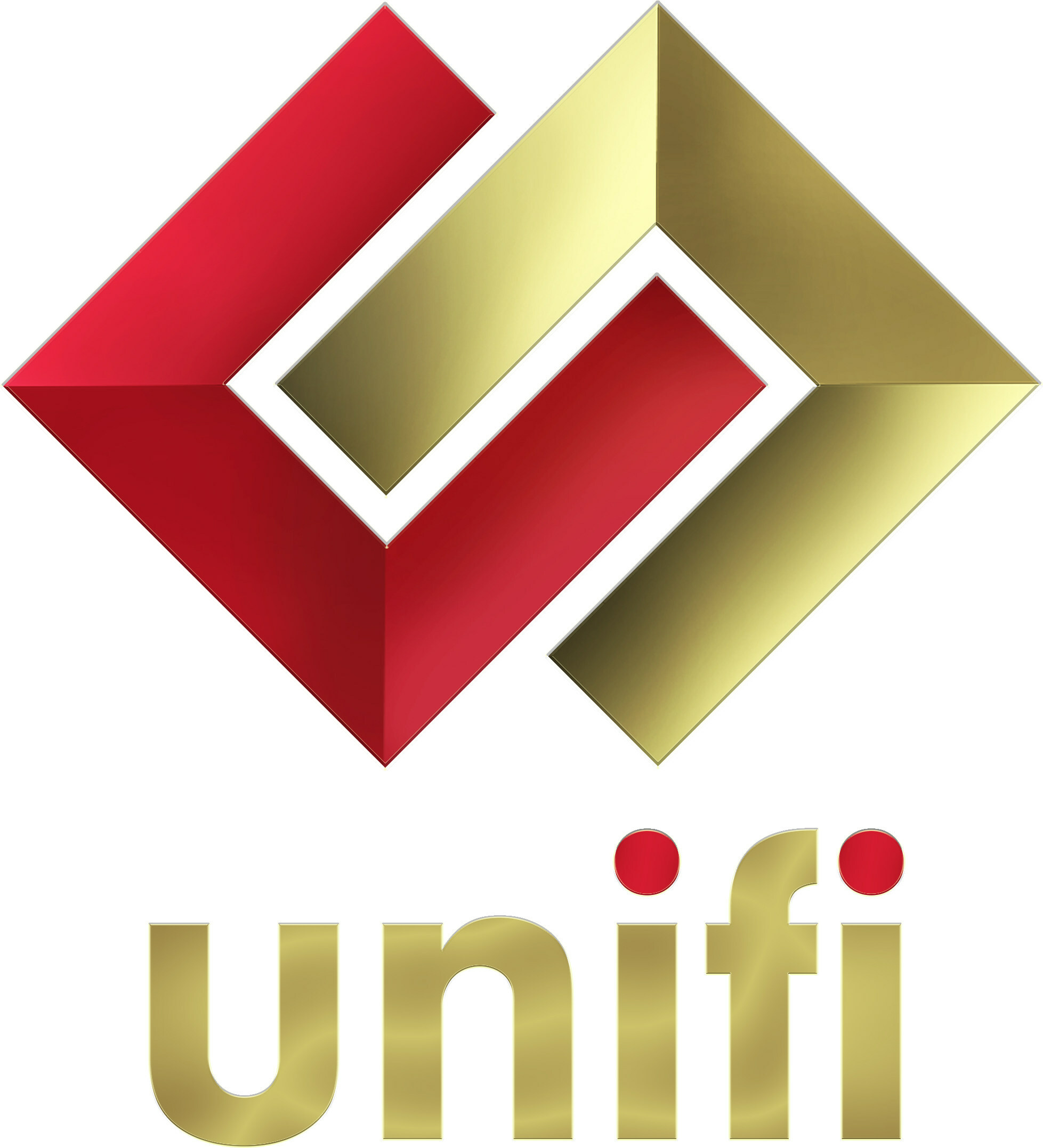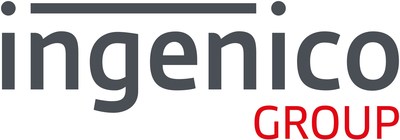North America’s largest aviation services company, Unifi, is leveraging an advanced safety risk analytics model created with help from Microsoft Azure and Artis Consulting for all its ground handling contracts.
Working with Artis Consulting, a Microsoft partner consulting firm, Unifi uses Microsoft Azure services including Azure AI, Azure Machine Learning and Power BI to develop this model to improve operations.
Used to identify and assess future safety risks, this level of modeling is unprecedented for the aviation services industry. The two-phase system helps predict what might happen and addresses steps to change the outcome. The first part, the predictive component, runs three models daily and generates predictions twice a day in the following areas:
- Organization safety risk
- Aircraft ground damage risk
- Employee injury risk
The second part, the prescriptive component, advises on actions to take. The system provides risk values at the organizational, regional, contract, and customer levels based on 30 variables and more than 500 data points, including staffing levels, tenure of leadership and employees, training, equipment quality and age, weather, and more. Since the predictive component’s inception in August of 2022, it’s had a consistent 94 percent accuracy rate.
Brian Bartal, Senior VP of Safety & Compliance for Unifi: “Safety is the number one priority for Unifi. We constantly explore ways to leverage technology to improve safety for our employees, customers, and the equipment they operate. This modeling is an excellent way to use our vast data to mitigate risks effectively.”
Sandeep Angra, Chief Technology Officer, Unifi: “Unifi leveraged various Azure technologies such as ADLS, Databricks, Delta Lake to integrate 25+ data sources, only then could we take advantage of Machine Learning and Power BI to develop the predictive and prescriptive model in a user-friendly way.”
Terry Smith, Principal, Artis Consulting: “The Artis Consulting team was excited to partner with Unifi and Microsoft to architect and implement a Safety & Analytics platform on Microsoft Azure. By utilizing machine learning to predict the likelihood of safety incidents and propose prescriptive actions to mitigate the risk, Unifi will be able to better serve their customers and improve overall safety.”
Julie Shaincock, Global Travel and Transportation Industry Leader, Microsoft: “To improve travel operations and create a seamless experience for airlines, aviation services need to operate resiliently and have the opportunity to manage risks through data and predictive analytics. Unifi is using Power BI and Azure Machine Learning technologies to proactively improve employee safety and deliver operational efficiencies.”
About Unifi
Unifi Aviation, LLC® is the largest ground handling & aviation services company in North America, servicing more than one million flights annually. The company has stations in over 200 airports and provides a full range of services, including ground handling, passenger transport, security, cabin services, ground support equipment maintenance, and much more. Unifi is majority owned by Argenbright Group and headquartered in Atlanta, Georgia. For more information, visit unifiservice.com.








